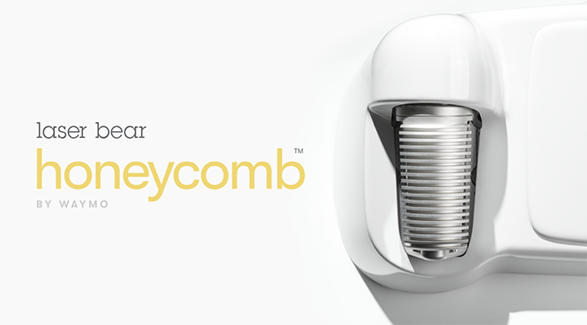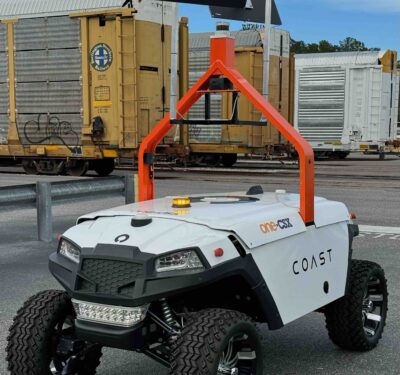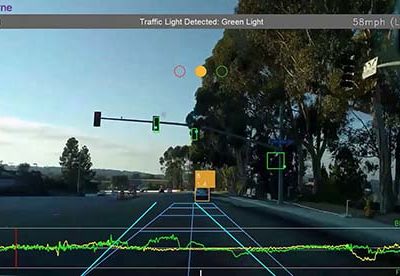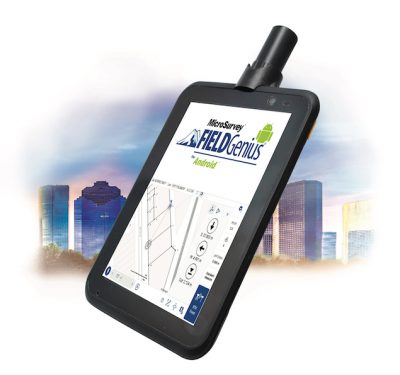For more than a decade, Alphabet’s self-driving car company Waymo has been developing self-driving technology with a mission to make it safe and easy for people and things to get around.
Early on, Waymo developed its own software, but purchased off-the-shelf sensors to power the company’s self-driving vehicles. But, as Head of Lidar Team Simon Verghese stated in a blog this week, “as our testing matured, we quickly learned that existing sensors simply didn’t serve our needs.”
So the self-driving car company in 2011 began developing its own set of sensors from the ground up, including three different types of LiDARs — the sophisticated sensors that measure distance with pulses of laser light.
“Our custom LiDARS have been instrumental in making Waymo the first company in the world to put fully self-driving cars on public roads. Now, we are making these sensors available to companies outside of self-driving — beginning with robotics, security, agricultural technology, and more — so they can achieve their own technological breakthroughs,” Verghese said in the blog
On Wednesday, Waymo announced that one of its 3D LiDAR sensors, the Laser Bear Honeycomb, will be available to select partners.

Photo: Waymo
The Laser Bear Honeycomb is a perimeter sensor, known for its use around the bumper of the company’s self-driving cars.
The sensor’s features include:
- Wide field of view:Where some 3D lidar have a vertical field of view (FOV) of just 30°, the Honeycomb has a vertical FOV of 95°, plus a 360° horizontal FOV. That means one Honeycomb can do the job of three other 3D sensors stacked on top of one another.
- Multiple returns per pulse:When the Honeycomb sends out a pulse of light, it doesn’t just see the first object the laser beam touches. Instead, it can see up to four different objects in that laser beams’ line of sight (e.g., it can see both the foliage in front of a tree branch and the tree branch itself). This gives a rich and more detailed view of the environment, and uncovers objects that might otherwise be missed, according to Waymo.
- Minimum range of zero:The Honeycomb has a minimum range of zero, meaning it can see objects immediately in front of the sensor. This enables key capabilities such as near object detection and avoidance.
“Offering this LiDAR to partners helps spur the growth of applications outside of self-driving cars and also propels our business forward. We can scale our autonomous technology faster, making each sensor more affordable through economies of scale,” the company statement added.
The news this week means Waymo will begin selling its LiDAR sensors to customers who don’t compete with the company’s autonomous ride-sharing services. Laser Bear Honeycomb uses lasers to build detailed 3D maps of nearby objects. It can be used in applications outside of self-driving cars like robotics, security systems, and autonomous vehicles used for agriculture.






